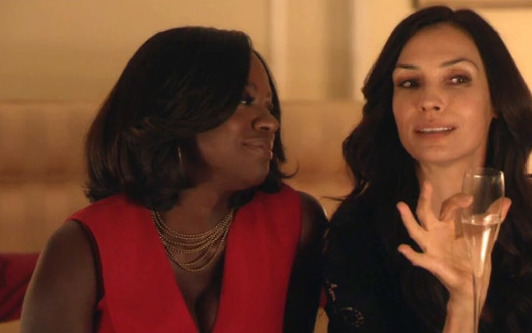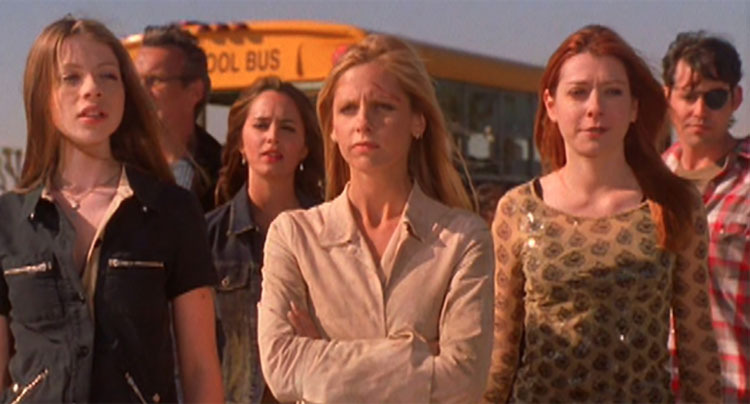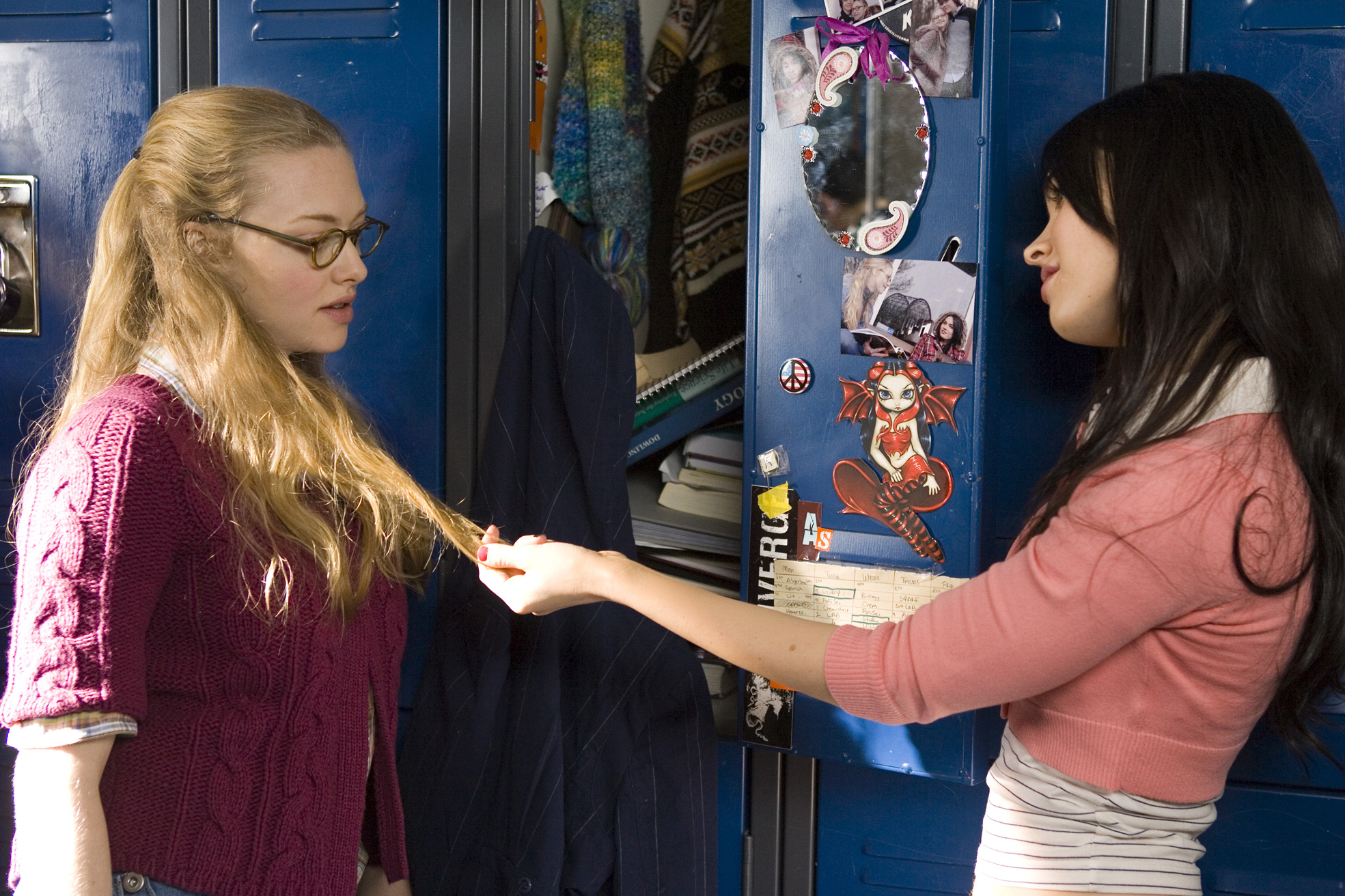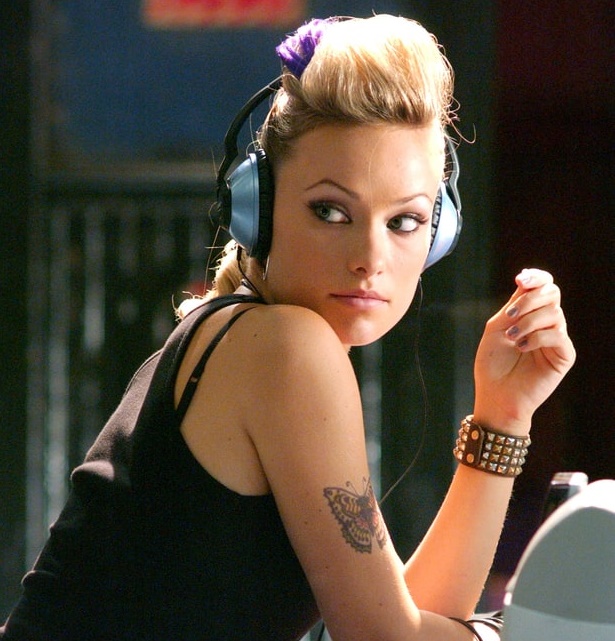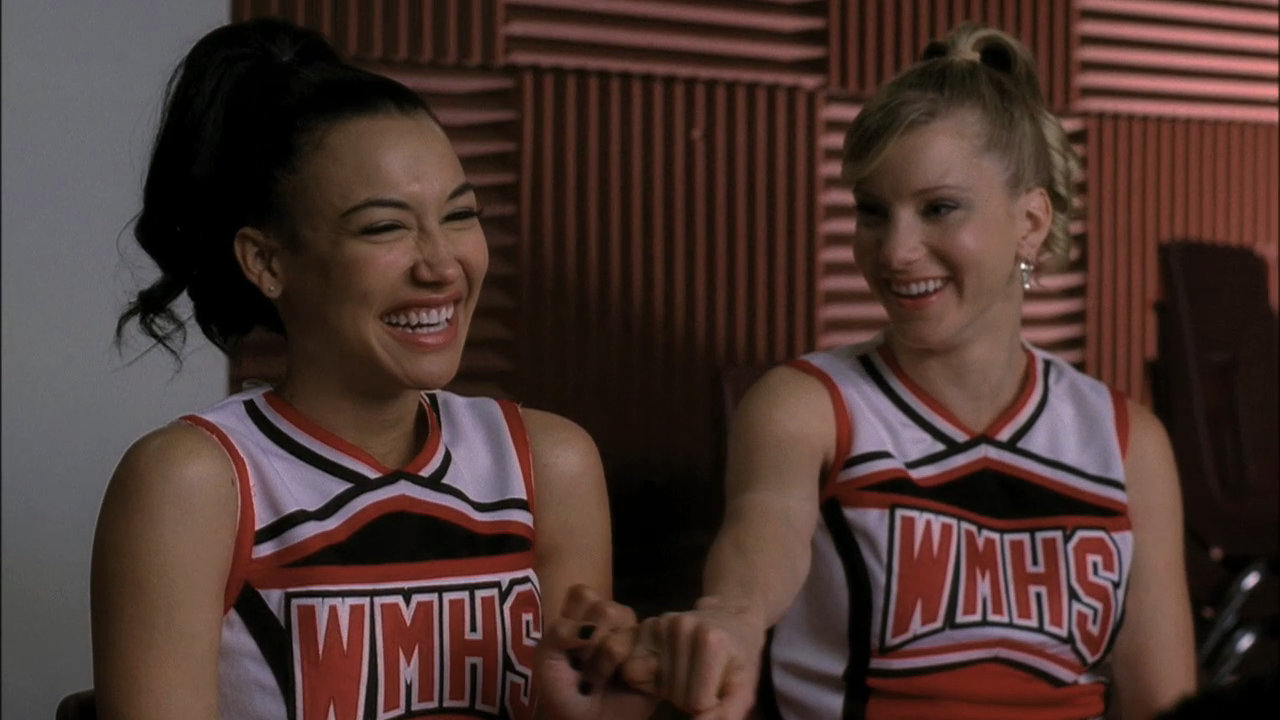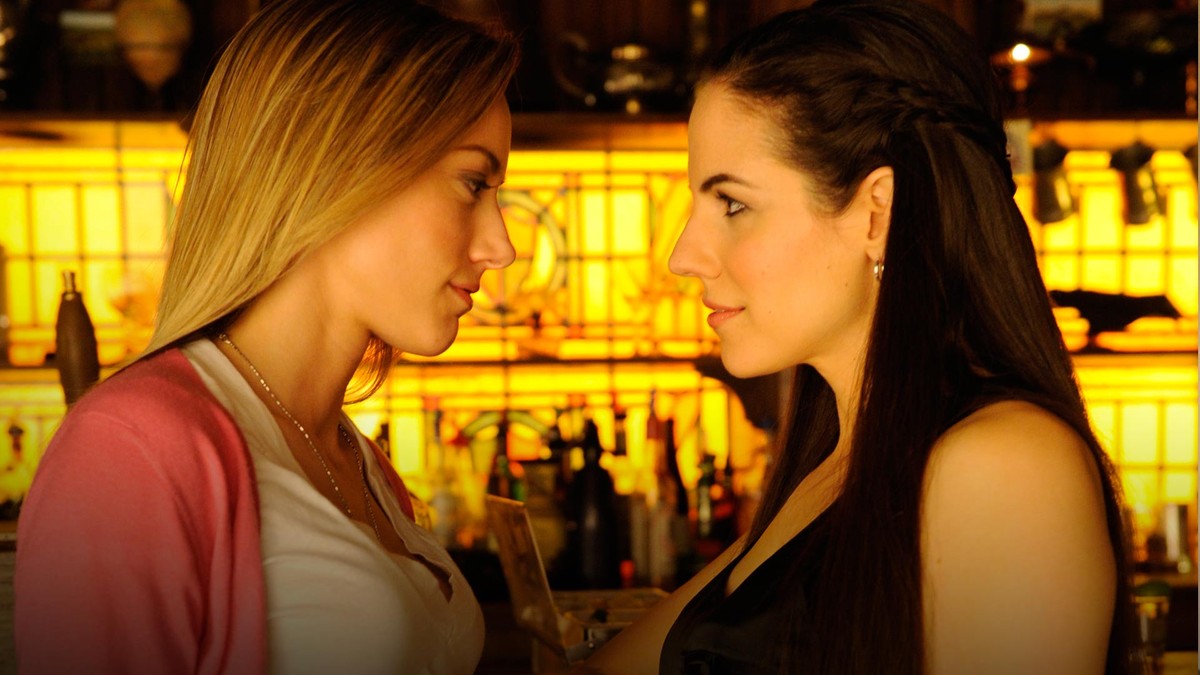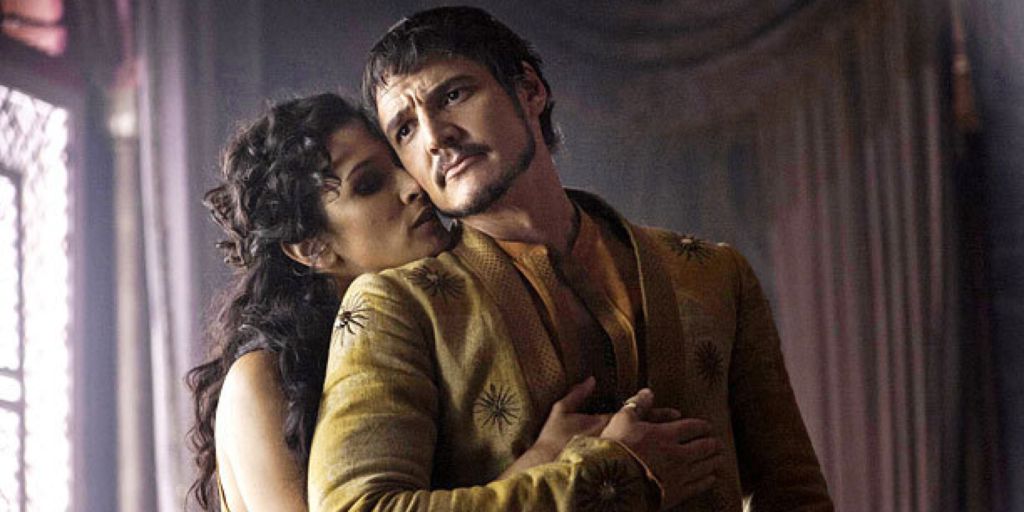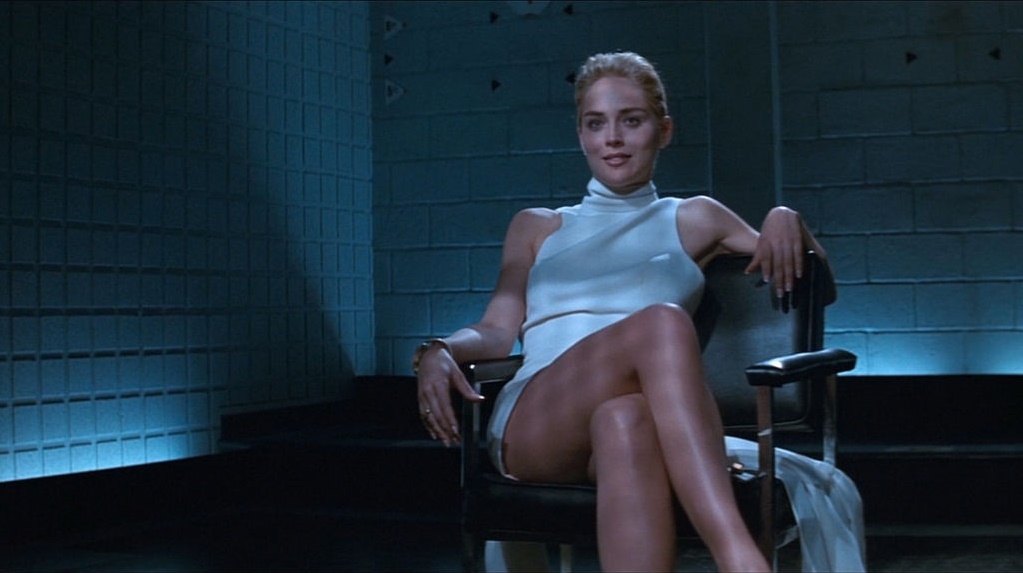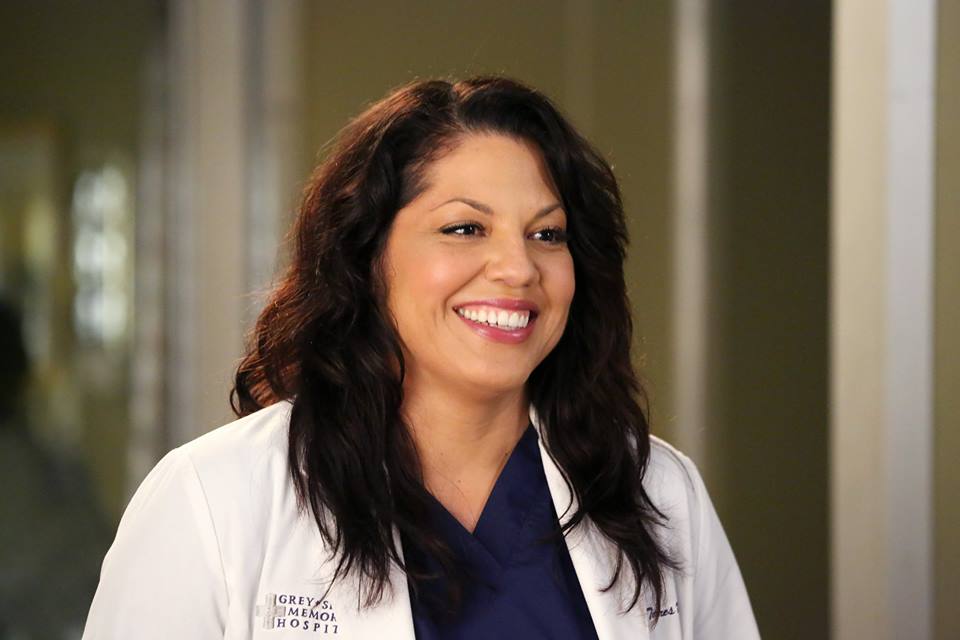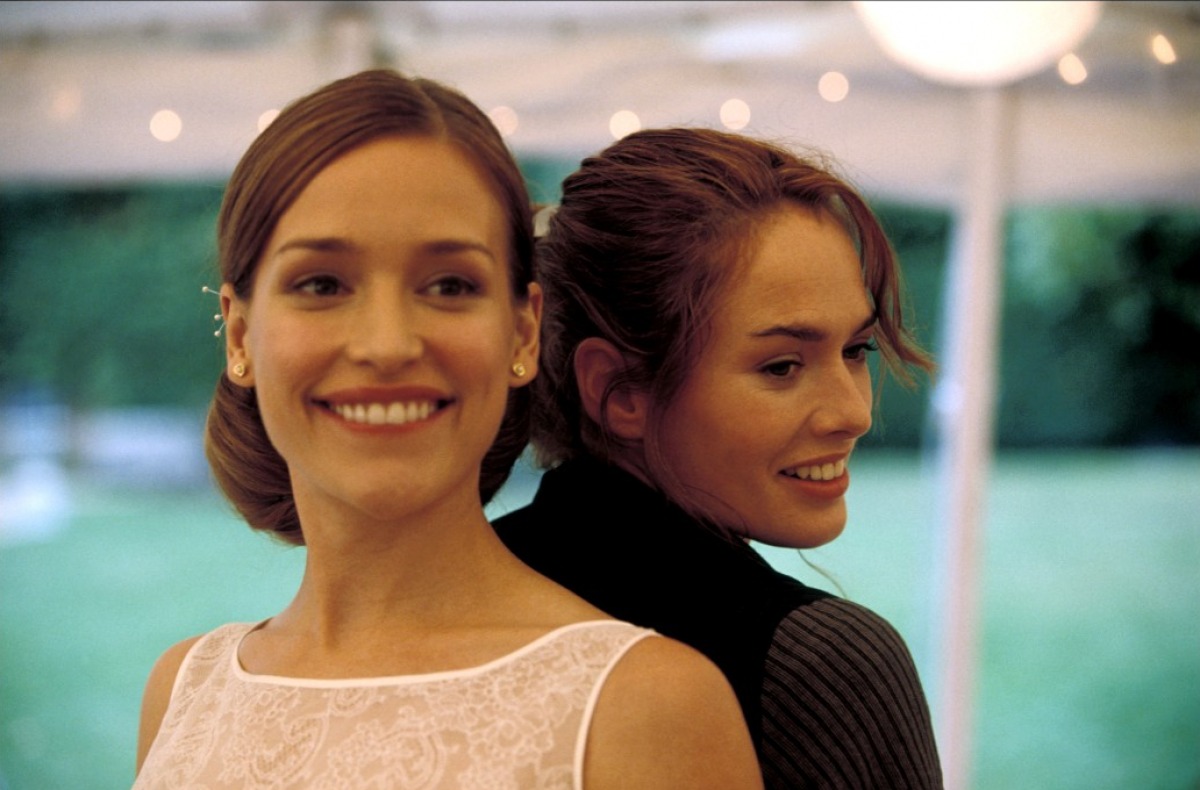Bi Erasure in Film and TV: The Difficulty of Representing Bisexual People On-Screen
As frustrating as our erasure and stereotyping is, however, I’d like to go beyond the question of “good” and “bad” representations of bisexual characters to ask this: exactly what it is about bisexuality which makes it so hard to represent on-screen? And why, when bisexuality is visible, is it so likely to collapse back into dominant stereotypes of bisexuality as either promiscuous or merely a phase?
